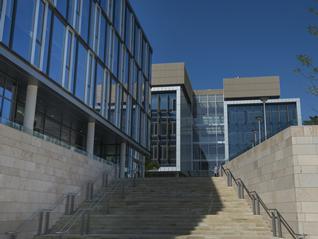
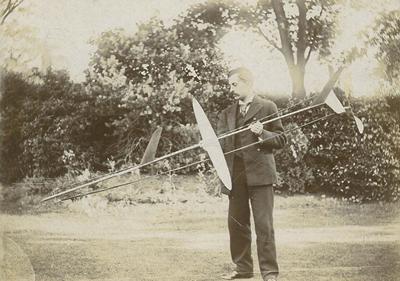
1882
Frederick Lanchester, the pioneer of automotive engineering, studied at the Hartley Institute (now the University of Southampton). Lanchester was famous for many things, including designing and building one of the first petrol driven four-wheeled cars in 1895, developing the first full theory of lift and drag, his aircraft stability research, and for inventing the disc brake.
Image courtesy of Hartley Library, University of Southampton;
1. MS 107/3: Lanchester with one of his model gliders used for investigating stability of flight
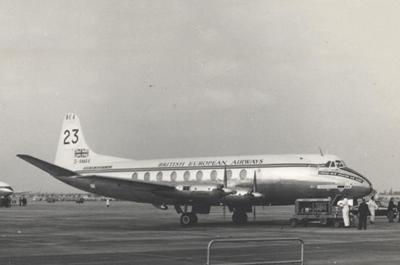
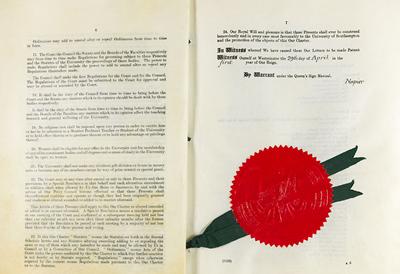
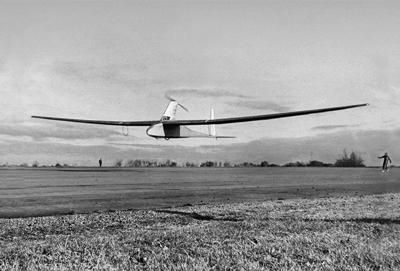
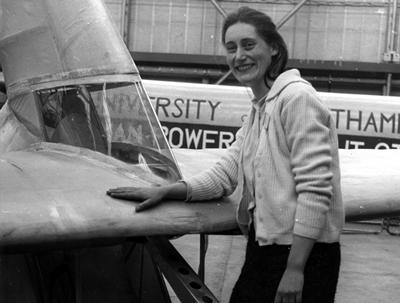
%202%20.jpg_SIA_JPG_fit_to_width_INLINE.jpg)
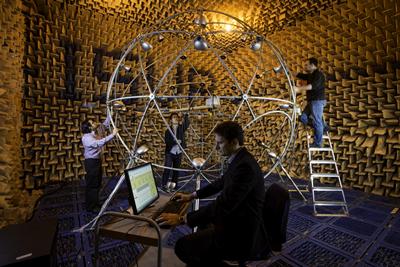
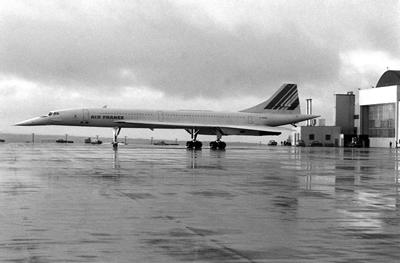
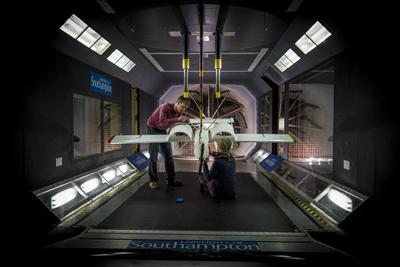
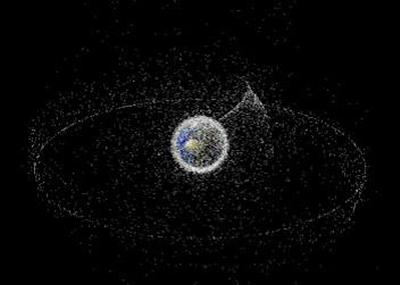
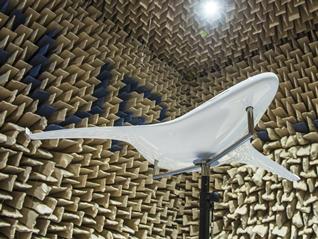

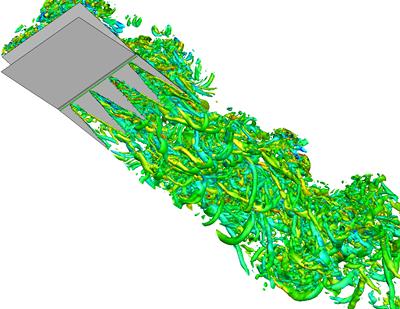



.jpg_SIA_JPG_fit_to_height_MEDIUM.jpg)


